
Hundreds of people have been shot and killed in the industrial corridors of Wilmington, California.

Hundreds of people have been shot and killed in the industrial corridors of Wilmington, California.
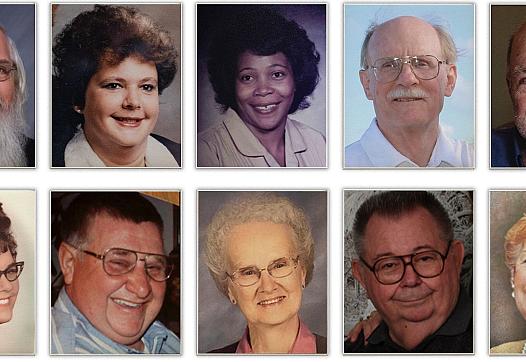
A major new investigation details how nursing homes failed during COVID-19.

A USA TODAY investigation has traced the casualties back to one nursing home chain, Trilogy Health Services, owned by a real estate venture with a new business plan for the cutthroat world of eldercare.
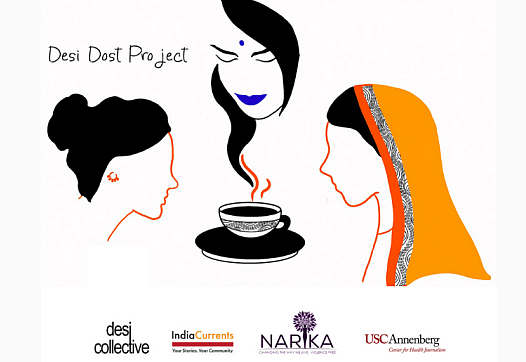
While the success of South Asians in the Silicon Valley tech sector gets a lot of ink, not much is written or known about the spouses of these tech workers who come on dependent visas. Two journalists set out to change that.
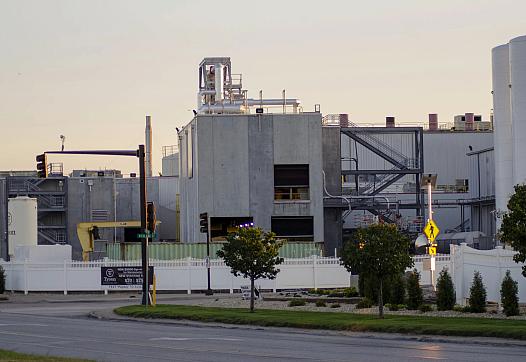
“More workers have died from COVID-19 in the last 18 months in the meat and poultry industry, than died from all work-related causes in the industry in the past 15 years,” as one expert testified.
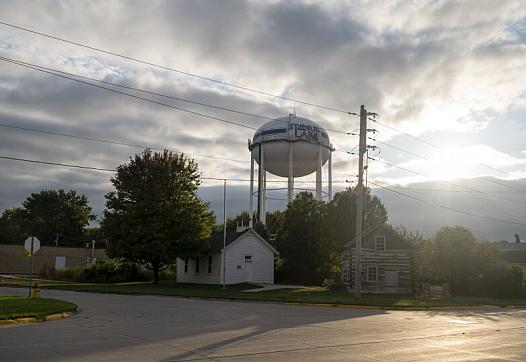
The meatpacking plants have pulled in thousands of immigrant workers over the past two decades. They’re the economic center of the town, employing around 3,000 workers.

This project was produced as part of the 2021 National Fellowship with USC Annenberg Center for Health Journalism....
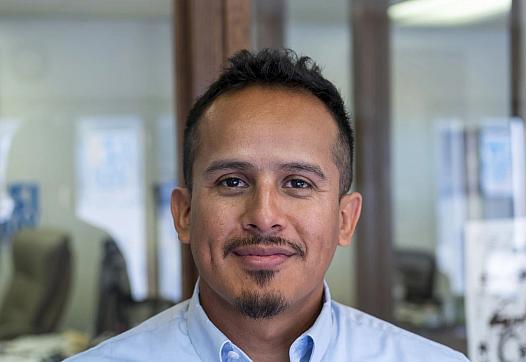
Amner Martinez still doesn’t really know all the details from when his 74-year-old father Concepcion got really sick with COVID-19 near the beginning of the pandemic.
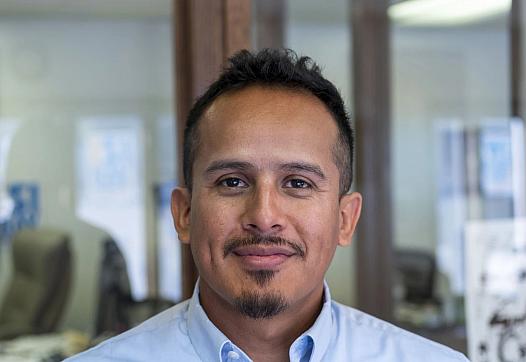
This project was produced as part of the 2021 National Fellowship with USC Annenberg Center for Health Journalism.
Other stories by Natalie Krebs include:
COVID struck the nation's meatpacking plants more than a year ago. But worker safety is still a contentious issue
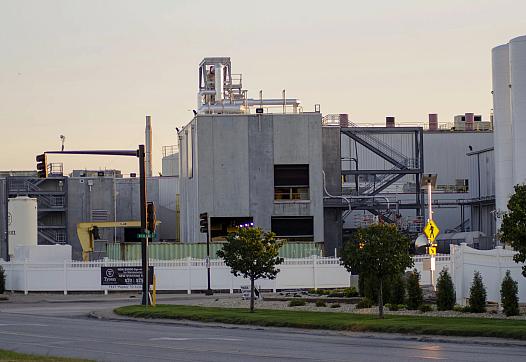
This project was produced as part of the 2021 National Fellowship with USC Annenberg Center for Health Journalism.
Other stories by Natalie Krebs include: